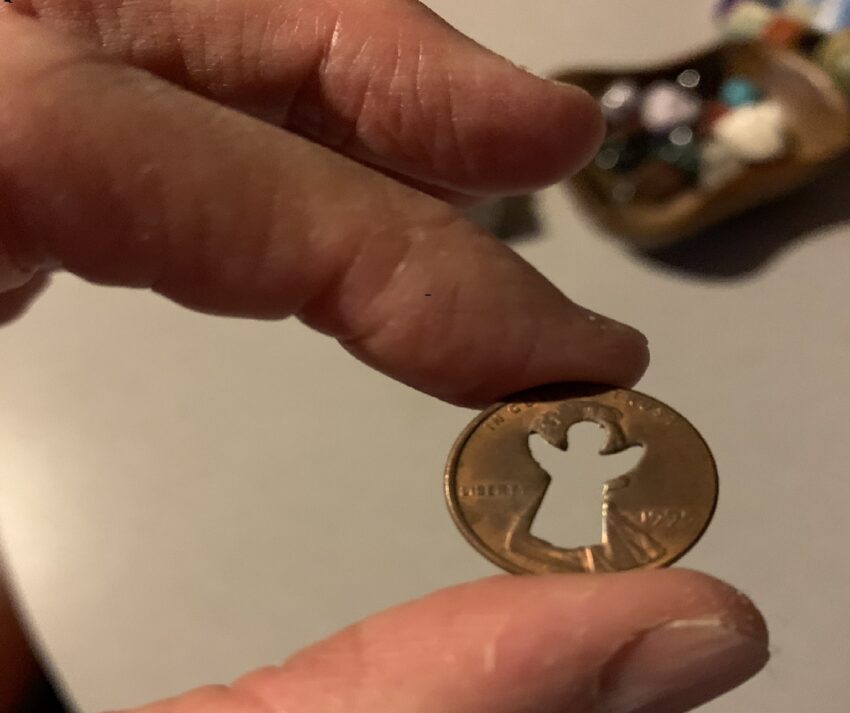As a grant seeker, so much is out of your control. What follows are five common errors that cause grant applications to get ignored. These are things you can do something about. I have seen all of these mistakes in my work as executive director of a grant making foundation. I’ve made my share of them as well, in my earlier days in the fundraising trenches.
Mistake #1: Not knowing who you’re writing for
Too many grant applicants do not take the time to read up on the giving priorities and strategies of the foundations to which they are applying. This leads them to waste time pitching the wrong aspect of their work or asking for the wrong amount of money. This causes applications to get tossed out before they even get read. Do your homework. Carefully look over the foundation’s giving guidelines and grantmaking trends before you send in an application.
Mistake #2: Not answering the questions asked
In one way or another, most foundations reveal what they are looking for. This is sometimes explicit, in the form of questions on a formal application. Other times it is implied, baked into the language of the way they describe themselves or past grants (in an annual report or in interviews, for example). If you’re not reading carefully, and going the extra mile to search for clues about what the foundation and its principals tend to favor, you are missing out on vital information that could help you win grants.
Mistake #3: Not defining success
While some individual donors don’t ask what it is your organization is trying to accomplish, scarcely a charitable foundation exists that doesn’t feel pressure to deliver impact. If you don’t spell out explicitly what impact your organization makes, you will almost certainly be overlooked. Don’t make the mistake of being so steeped in your organization’s work that you assume your impact is obvious to foundation staff or trustees. Come out and tell them clearly what you are trying to accomplish and how their investment will make a difference.
Mistake #4: Not respecting the process
So many development directors earned their positions by excelling at major donor relations. Unfortunately, this leads many of them to underestimate the influence of professional staff at more process driven foundations. To be sure, people make decisions, not systems. You are wise to seek out principals at foundations and build your connections to decision makers. But ignoring the systems and people they have in place around them is almost always a costly error in the long run. Keep your relationships strong, both with foundation principals AND their staffs.
Mistake #5: Confusing (or confused) applications
A shocking number of submissions to foundations contain information that contradicts assertions made in the same proposal. I suspect this happens because of sloppy or rushed cutting and pasting, or proposal writing by committee. One form this takes frequently is that the body of the text describes one set of financial requirements and the budget section tells an entirely different story. If you want to be trusted with a foundation’s money, a good start would be to demonstrate care in how you present your numbers. Grant applicants need to take the time to read through their proposals carefully, making sure there is a logical flow – and internal consistency –to the case being made.
Don’t feel too badly if you’ve fallen into some of these traps. We all have. Foundation staffs aren’t perfect either. But they are hard at work trying to make impact just like you are. To summarize: know who you are pitching, answer the questions they seem to be asking, tell them how you define success, respect their processes and make sure your proposals tell a logical, consistent story.
Like everything else in the fundraising business, succeeding with foundations takes hard, smart work. If you are doing meaningful, impactful work, foundations are looking for organizations like yours. You can earn their trust by avoiding the shortcuts and avoiding these common mistakes.




